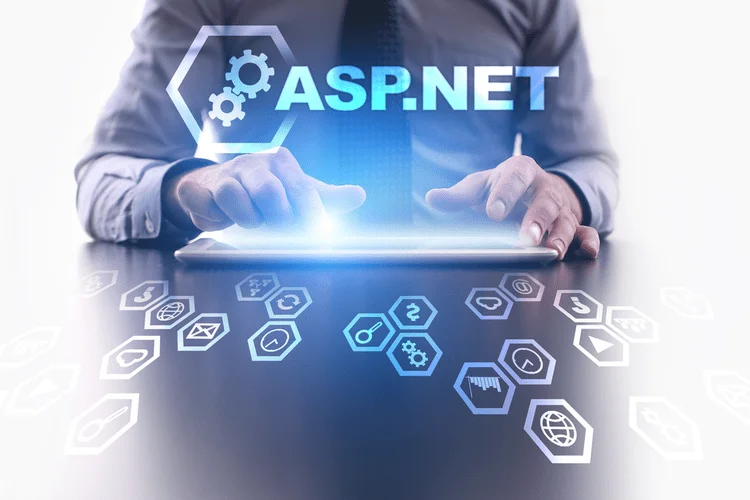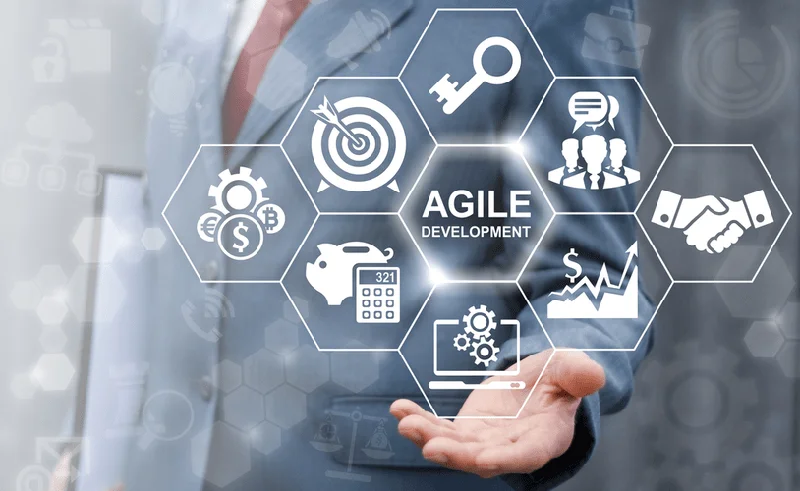Open technology platform for the software-defined vehicle
Even the top players will need to up their game, since the automotive industry still lags behind other sectors when it comes to designing a good software UX and providing optimal customer value. Players can effectively deal with increased system and software complexity by following clear architectural principles and guidelines. The hardware/software decoupling approach allows multiple entities to engage in modular development. In turn, modular software buildup techniques amplify code reuse and reduce the overall amount of code required due to increased commonalities. Many players have started to introduce software product line engineering to increase reuse and handle product variation. This approach allows one piece of software to serve several products, product variants, and product families; it can also work in different hardware versions.

When unexpected issues arise, software employees with a hardware background tend to apply internalized methods that are more likely waterfall-influenced than agile. If they are successful, the differences between native software experts and retrained employees will quickly diminish. By contrast, companies that neglect this task could hinder the agile transition of their entire organization. Based on information from McKinsey’s proprietary SoftCoster database, which includes more than 14,000 software-development projects across industries. Our research shows that the divide between strong software organizations and less capable groups is significant, with top companies reporting throughput and quality that is three to six times higher than that of bottom performers. Tietoevry has been delivering automotive-grade solutions with top-notch quality to major Tier-1 and OEM customers since 2016.
S32K144 BLDC/PMSM Development Kit
OEMs, suppliers, and new players across the industry hope to capture critical control points in this new, software-driven value chain. Current approaches for demonstrating autonomous vehicle functions involve testing software and technology first in simulations and then on public roads. There are a lot of different technologies being implemented in the automotive industry these days. These technologies include hardware and software innovations like smart car applications and autonomous vehicle systems. Software-development processes and project-management readiness require automakers to run criticality assessments along the integration path, including risk assessments.

While this model fosters deep technology and domain expertise, it provides little flexibility regarding project scope, requirements, and specifications, even if these change during the project. Organizations typically follow this archetype when they develop and maintain numerous products. When defining their organizational structure, automotive software-development units will ideally consider functional roles, products or projects, and technologies. The disciplinary organization structure will, however, follow one of these dimensions. Most automakers lack the organizational underpinnings required to handle large-scale software development.
The future of the automotive industry is software-led
Learn more about these systems by reviewing the provided examples and which coding standards are essential to the development of ADAS. ISO is a forthcoming automotive standard that focuses on the cybersecurity risks in the development and application of automotive software. Automotive cybersecurity is an essential practice of software development as it helps to ensure that the software is safeguarded against security vulnerabilities.
- Partnerships between automotive companies and the IT sector will become more common going forward.
- While developers typically don’t think of mobile devices as real-time, embedded devices, it’s possible for a phone to overwhelm the HMI unit with messages while operating on a network.
- The disciplinary organization structure will, however, follow one of these dimensions.
- Leveraging modules from automotive industry open-source libraries can dramatically reduce development time.
- There are a lot of different technologies being implemented in the automotive industry these days.
Automakers will also start to implement much more customization for clients to choose from based on different premiums and features they want. Apple’s CarPlay is an example of how the Internet of Things is being implemented into vehicles of today and shows https://www.globalcloudteam.com/areas/automotive/ potential for future smart car design. It connects a vehicle to Apple’s ecosystem, via a tablet or a similar screen, of apps and services. A user can have news read to them via Siri, for example, or have an eBook read to them during a long commute.
S32K344-WB: Evaluation Board for Automotive General Purpose
These systems will also monitor your fuel or battery levels, estimates to rest stops, weather conditions and traffic congestion conditions in an ever more dynamic fashion. McKinsey research suggests that the global https://www.globalcloudteam.com/ automotive-related software market will roughly double between 2020 and 2030, outgrowing the automotive market in general . This dynamic will further increase the risk of software-driven launch problems.

In agile transformations across industries, companies have achieved up to 30 percent increases in productivity and implementation speed while simultaneously reducing residual defects at time of release by over 70 percent. Our research shows that compensation, career-growth opportunities, type of work, and company culture are the top retention factors for software engineers. Currently, automotive players fall short in all these categories compared with tech companies. To close the gap, they must develop distinctive and targeted employer value propositions for all priority retention factors. They cannot simply emphasize traditional benefits, such as employment security and access to a company car. Under this model, product- or platform-specific projects are staffed with individual members from the functional organization.
Automotive Software Development: The Main Trends
Both archetype-specific and cross-player strategies can position companies for success in the future landscape. A large smartphone-software player with an established position in infotainment is now moving into hypervisors to enable the safety-critical driver communication needed for today’s ADAS. Harald brings more than 20 years of experience advising multinational companies. His work focuses on transformation programs in industrial manufacturing as well as consulting on the increasing digitization and networking of value chains. He has worked for various automotive OEMs and consumer goods industries including sanitary, food, and optical.
Today, many OEMs must contend with the greatest variety of levels ever in their product portfolios, not only regarding the diversity of models and variants but also in the underlying software platforms. OEMs have begun to cut down complexity, but they remain at the start of this journey. The VCO1S A²B Analyzer system is designed specifically for development teams servicing automotive OEMs, automotive suppliers and audio connectivity equipment suppliers.
What differentiates a vehicle in 2021 from one in 2031?
Bosch has been actively contributing software to the Vehicle Signal Specification as part of the joint GENIVI/W3C Common Vehicle Interface Initiative since mid-2020. VSS is a common vocabulary to describe vehicle signals, ensuring that the name and semantics of standard data points are the same across the software stack. We have joined to support the CVII’s objective of establishing industry-wide common interfaces for vehicle data and functions. Software building blocks that can be deployed for any brand, on any platform, and in any segment form the basis for quick implementation of new software functions. These building blocks do not contain any brand-specific functions that are recognizable by the end customer.
The adoption rate may be low because automotive applications have very specific requirements that make it difficult to implement a standard agile approach across the organization. The growing significance of software is bringing about a change in the development cycles in the automotive industry. “Gone are the days when work on a car was done and dusted as soon as it left the factory,” says Hartung. “Now, even its hardware has to be upgradeable, even if only to replace a vehicle computer after five years, like a hard drive.” Typically, however, these original equipment computers are capable of more than may initially be necessary.
Maximize value at every stage of automotive development with NetApp
Today’s vehicles are also being equipped with various fail-safe measures such as assisted parking and software monitoring that is driven by the hard work of software developers. Such innovations are making cars more autonomous and safer to drive than ever before. Software development services can be used to drive these changes and get products faster out the door for the latest vehicles to take advantage.
2023-05-23



